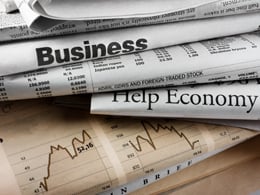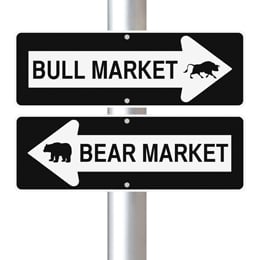Spanning the whole economy, last week’s reports were positive overall but mostly more of the same. Manufacturing continues to slog along with no indications of recovery, despite the first signs of stabilization in the oil-drilling sector. Retail sales, on the other hand, show the consumer driving even faster economic growth.













